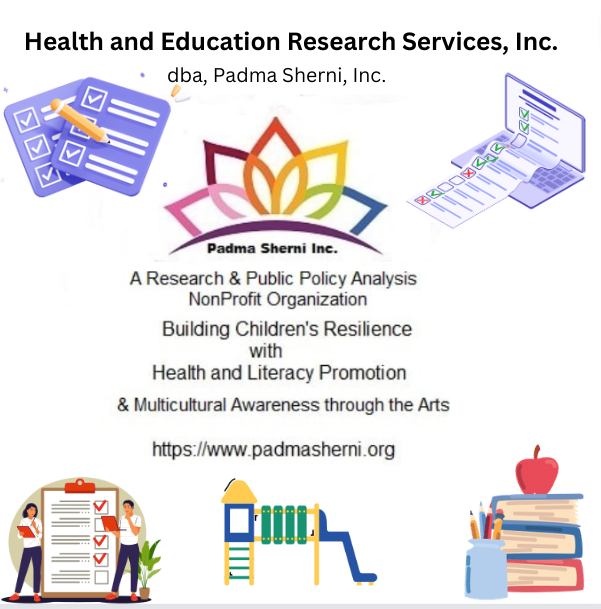Grant Applications/Responses
- 2022 Padma Sherni Inc. received $800 from the Delaware Division of the Arts to showcase a May dance compilation.
- 2021 Padma Sherni Inc. received $800 from the Delaware Division of the Arts to compile video of past events + stories
- 2020 Padma Sherni Inc. received $2500 Believe in Reading Grant, to distribute 500 books to Head Start Schools in '21
- 2019 Padma Sherni Inc. received $500 from the Delaware Division of the Arts for our December 7th, 2019 event!
- 2018 Padma Sherni Inc. received $500 from Walmart Community Foundation for Music & Literacy Promotion project!These funds will enable us to support quality of life efforts through the Music and Literacy Promotion project, with toys or children's books.
- 2018 to 2019 Padma Sherni Inc. received $1000 from The Pollination Project for Music & Literacy Promotion project.
- Hooray! We were awarded the $1000 starter funding to purchase materials for our project!!!
Thank you for your encouragement!
Institute of Coaching
Grant application, in progress
Delaware Community Foundation Grants, Small Grants.
Grant application, in progress for February, Results in April, with the application below. We will be submitting on Monday
a proposal to help ECE centers write grant applications if they are interested, and provide stipends from the DELCF grant to complete surveys, so they have free support from our nonprofit, to acquire funds for themselves.
a proposal to help ECE centers write grant applications if they are interested, and provide stipends from the DELCF grant to complete surveys, so they have free support from our nonprofit, to acquire funds for themselves.
This is my Smart plan in progress. I am going to add Dates and Timeline to this more specifically.
Copyright © 2017 - 2023, and 2024.
Health and Education Research Services, Inc., dba Padma Sherni Inc. All Rights Reserved.
Health and Education Research Services, Inc., dba Padma Sherni Inc. All Rights Reserved.
Proudly powered by Weebly
